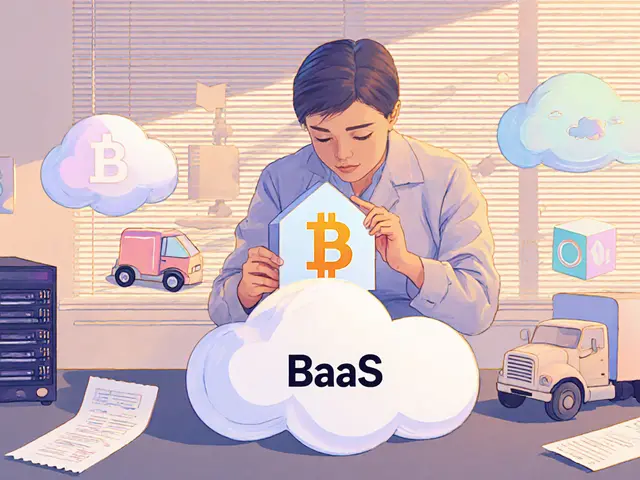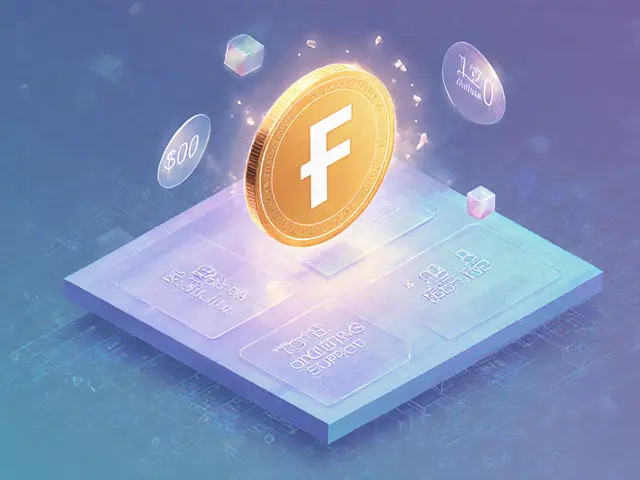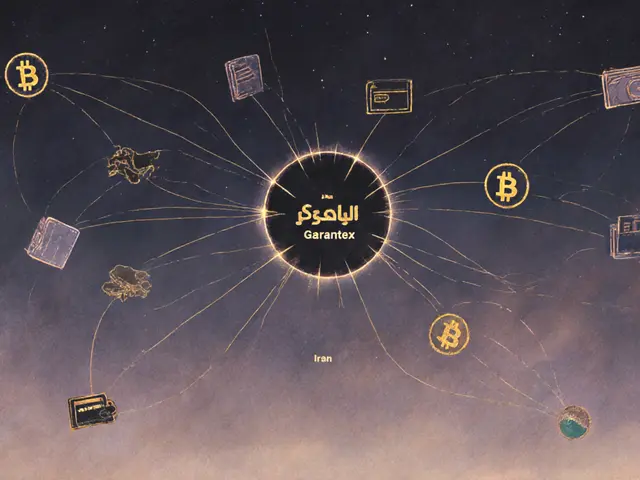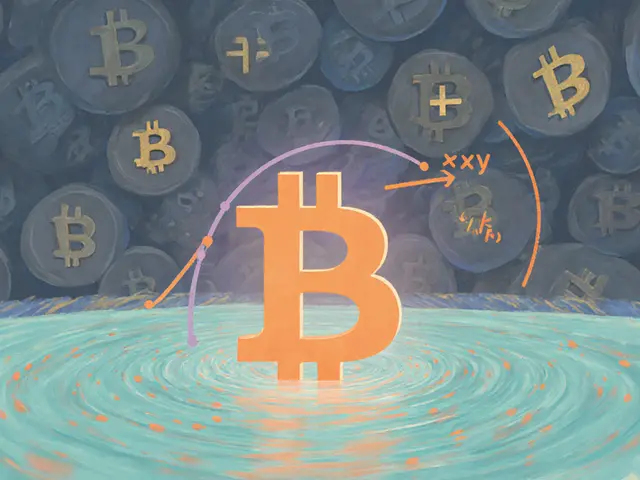
Polygon: Fast, Low‑Cost Blockchain for DeFi & NFTs
When talking about Polygon, a sidechain network built to improve Ethereum's speed and price. Also known as Matic Network, it lets developers run smart contracts with far lower fees while staying secured by Ethereum.
Polygon works hand‑in‑hand with Ethereum, the original smart‑contract platform that powers most crypto apps. Because it’s a layer‑2 scaling solution, Polygon processes transactions off‑chain and then posts a summary to Ethereum. This two‑step model reduces congestion and keeps gas costs tiny. The result is a network that’s perfect for DeFi protocols, NFT marketplaces and gaming apps that need cheap, fast moves.
Why developers choose Polygon
First, DeFi, decentralized finance services like lending, swapping and yield farming can run on Polygon with fees that are a fraction of Ethereum’s. Projects that struggle with “gas wars” on the main chain find a smoother experience on Polygon, which translates into higher user adoption. Second, the smart contracts, self‑executing code that enforces agreements written for Ethereum work on Polygon without changes. This compatibility means developers don’t need to rewrite code, saving time and money.
Beyond finance, artists and gamers love Polygon because it supports NFTs at a price that won’t break a wallet. A mint on Polygon can cost pennies instead of dozens of dollars, making it easier to test new ideas or launch large collections. The network also offers modular sidechains, allowing projects to pick the security level and performance they need. All these features create a feedback loop: lower fees attract more users, which fuels more DeFi and NFT activity, which in turn drives further adoption of Polygon.
In short, Polygon brings three big benefits: speed, low cost, and Ethereum compatibility. Whether you’re a trader looking for cheap swaps, a creator minting NFTs, or a developer building the next DeFi protocol, Polygon gives you the tools to move quickly without sacrificing security. Below you’ll find a curated set of articles that dive deeper into specific use cases, token guides, airdrop details, and regulatory insights—all centered around the Polygon ecosystem.






